Order Artiodactyla Scientific name Pseudois nayaur Trophic level Herbivorous Gestation period 160 days | Phylum Chordata Genus Pseudois Mass 52 kg (Adult) Conservation status Least Concern Higher classification Pseudois | |
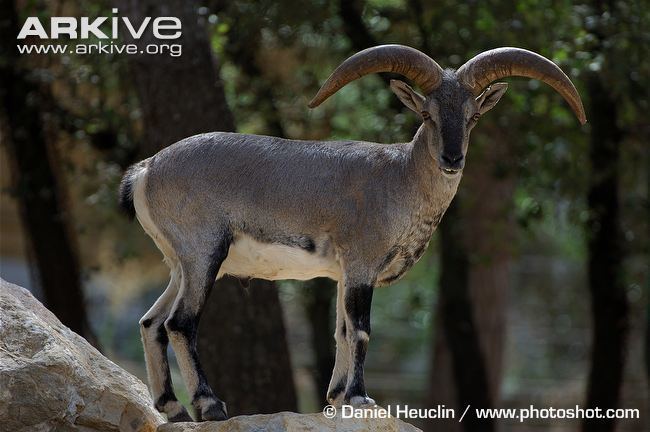 | ||
Similar Pseudois, Snow leopard, Argali, Himalayan tahr, Goral | ||
Far cry 4 bharal location this animal seems illusive map spawn point
The bharal or Himalayan blue sheep or naur (Pseudois nayaur) is a caprid found in the high Himalayas of India, Nepal, Bhutan, Tibet, and Pakistan. Its native names include bharal, barhal, bharar and bharut in Hindi, na or sna in Ladakh, nabo in Spitian, naur in Nepali and na or gnao in Bhutan.
Contents
- Far cry 4 bharal location this animal seems illusive map spawn point
- Where the heck is the bharal in far cry 4 location found
- Description
- Taxonomy and evolution
- Rutting behaviour
- Ecology
- Threats and conservation
- Relationship with humans
- References
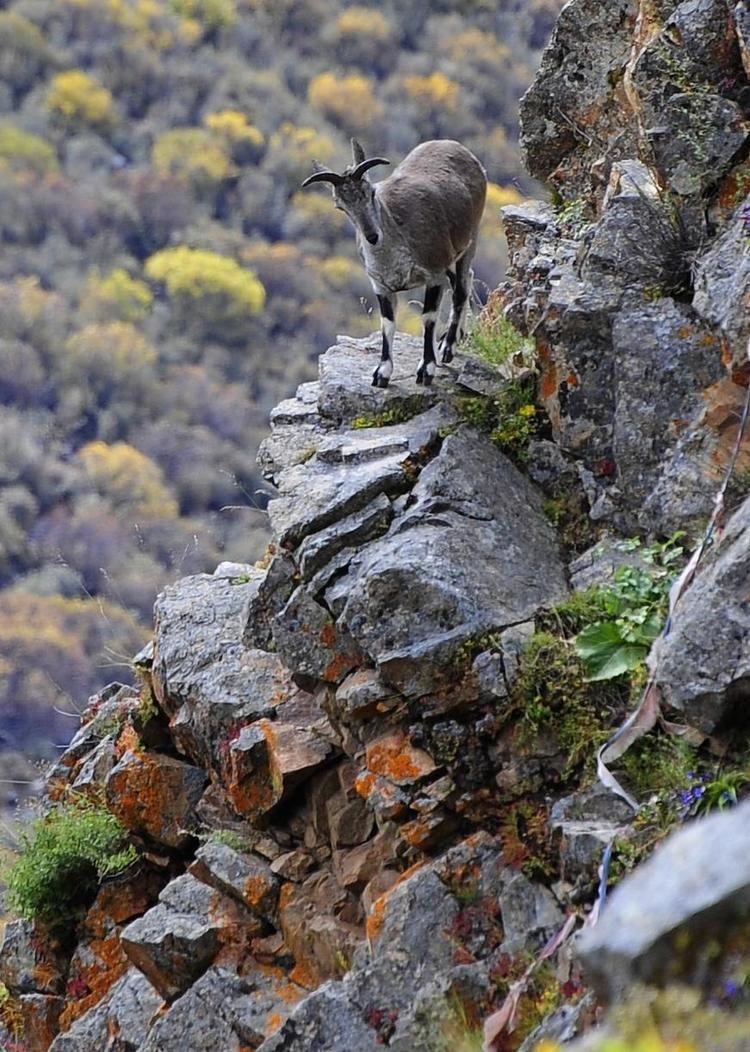
The bharal was also the focus of George Schaller's and Peter Matthiessen's expedition to Nepal in 1973. Their personal experiences are well documented by Matthiessen in his book, The Snow Leopard. The bharal is a major food of the snow leopard.
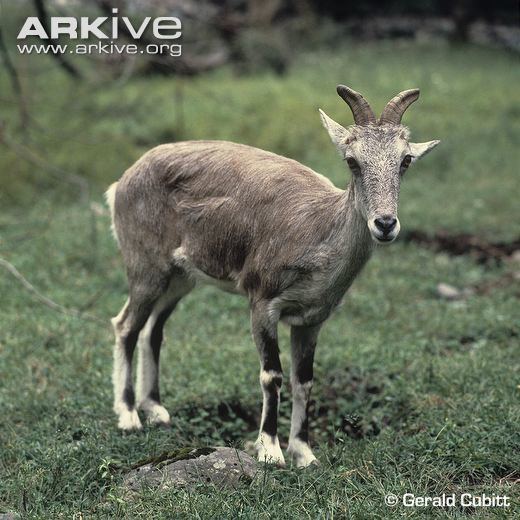
Where the heck is the bharal in far cry 4 location found
Description
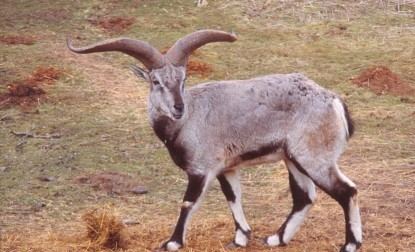
This medium-sized sheep is 115 to 165 cm (45 to 65 in) long along the head-and-body, with a tail of 10 to 20 cm (3.9 to 7.9 in). They stand 69 to 91 cm (27 to 36 in) high at the shoulder. Body mass can range from 35 to 75 kg (77 to 165 lb). Males are slightly larger than females. The short, dense coat is slate grey in colour, sometimes with a bluish sheen. The underparts and backs of the legs are white, while the chest and fronts of the legs are black. Separating the grey back and white belly is a charcoal colored stripe. The ears are small, and the bridge of the nose is dark. The horns are found in both sexes, and are ridged on the upper surface. In males, they grow upwards, then turn sideways and curve backwards, looking somewhat like an upside-down moustache. They may grow to a length of 80 cm (31 in). In females, the horns are much shorter and straighter, growing up to 20 cm (7.9 in) long.
Taxonomy and evolution
Rutting behaviour

The rutting of the bharal starts towards late November and continues until mid-January. During the rut, male bharal use multiple strategies for mating, namely tending, blocking, and coursing. The young are born in late June and July.
Ecology
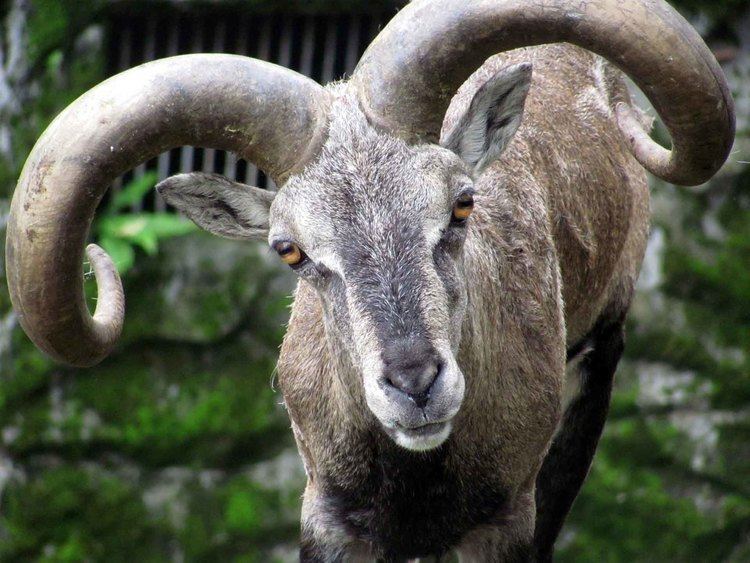
Bharal are active throughout the day, alternating between feeding and resting on the grassy mountain slopes. Due to their excellent camouflage and the absence of cover in their environment, bharal remain motionless when approached. Once they have been noticed, however, they scamper up to the precipitous cliffs, where they once again freeze, using camouflage to blend into the rock face. Population densities in Nepal were found to be 0.9–2.7 animals per square kilometer, increasing to a maximum of 10 animals per square kilometer in the winter, as herds congregate in valleys. Bharal are mainly grazers, but during times of scarcity of grass, they switch to herbs and shrubs. A high degree of diet overlap between livestock (especially donkeys) and bharal, together with density-dependent forage limitation, results in resource competition and a decline in bharal density. Where they overlap, they are the favored prey of snow leopards and leopards, with a few lambs falling prey to foxes or eagles.
Threats and conservation
The bharal is categorised as Least Concern by the International Union for Conservation of Nature and Natural Resources (IUCN). The populations faces two threats: poaching for meat and competition with livestock. Poaching, however, is uncommon due to the unsuitable conditions of its habitat. Similarly, livestock do not generally frequent the mountainous regions where bharal occur; even if they do coexist no notable detrimental effect on the bharal has been observed.
Relationship with humans
Many Buddhist monasteries protect the bharal found around them, but lately, issues of crop damage caused by bharal have started to arise in areas such as the Spiti Valley.
